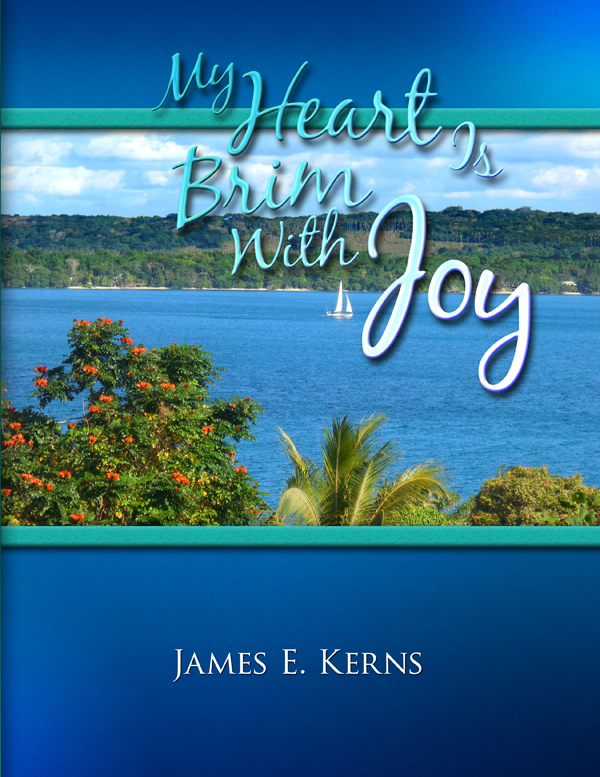Categories: All Articles, Book of Mormon, My Heart is Brim with Joy
Cattle Drives
The subject on my mind this morning is cattle drives—inspired, believe it or not, by my reading last night in the Book of Mormon.
All my life I have been involved with cattle drives because of where I live and what my family has done for a living. As a boy I helped my father make an annual spring cattle drive from our place to the hill outside of Baker that is now known as Western Heights. It was a distance of approximately 15 miles, and took all day. Dad leased the 1,000 acres from an old fellow named Connie Kohler. It provided spring pasture for the cows that was about a month earlier than anything on our place, and was thus a big savings where hay was concerned. We were able to turn the cows out on grass on April 11th instead of feeding them into May.
The cattle drive was always a big adventure. We took the back roads, and planned our route in advance. The cows were hungry for green grass, so we had to choose a route that was lined with fences so that the excited cattle wouldn’t spread out over someone’s green wheat field and graze it down.
We also tried to choose a route that would be the least impediment to traffic. It’s difficult for drivers to maneuver their cars through a herd of cattle that is spread out over the roadway from fence to fence. Few people know how to do it. If the car that wanted to get through the cattle was going the same direction as the cows, it was generally necessary for one of us to beckon to the driver to follow closely as we cleared a way for them with our own vehicle or horse.
Drivers coming head on at the cattle were always a problem. Instead of nosing their vehicle right into the herd where the cattle would go around it, the non-farmers would invariably stop a little distance away from the herd to wait for the cattle to pass. But seeing a car waiting ahead made the cattle nervous. The whole herd would stop and be afraid to pass the car. It would be all we could do to push the cattle past the ominous-looking car. Maneuvering your car through a herd of cattle on the road is an art. It can be quickly accomplished if you know what you’re doing, but is an impossible task for the novice. Experienced cattle drivers become expert.
One or two people were required to follow the herd to keep it moving. It was the job of two or three others to leapfrog through the herd to stand in open gateways, yards, or intersections to keep the herd moving along the proper route.
Since our cattle drives took place in early spring all the cows had young calves that ranged in age from six weeks to perhaps only a few days old. Fifteen miles is a long march for a young calf. After going several miles, many or most of the calves got tired, and ended up at the rear of the herd. The younger and weaker ones would play out, and would simply lie down unable or unwilling to go farther. It was, therefore, necessary for the herd to be followed by a truck or trailer into which the tired calves could be loaded. At the end of the drive it was difficult for me to decide whether the cows were more excited to find green grass, or to find their missing babies about which they had been so worried.
Driving a hundred head of cows with calves is a long, laborious, and slow process. It’s also messy. The road over which a herd of cows has been driven is covered with manure.
I have also driven a lot of sheep. They’re slower than cattle.
Which brings me to my problem in the Book of Mormon. At least three, and probably more times in the Book of Mormon, the people gathered their flocks together and headed out into the wilderness to escape the bondage they were in. In three instances an army pursued them with the intention of either annihilating the fleeing people or of bringing them back to their enslavement. In all three cases the armies pursued until “they could no longer follow their tracks.” (Mosiah 22:16).
My question is, how on earth could you lose the tracks, and not be able to follow the plainly-marked route of several hundred or thousand cattle, sheep, horses, and people?
This happened to Alma and his people as they fled before the army of king Noah. (Mosiah 18:33-35 and 19:1). It happened to the people of king Limhi. (Mosiah 22:11-16). It happened to Alma and his people a second time when the Lord caused a deep sleep to come upon the Lamanite taskmasters who had been set over them. (Mosiah 24:18-25). It possibly also happened when Nephi and his people separated themselves from Laman and Lemuel, although we’re not told how that event came about.
This is one of the mysteries in the Book of Mormon. Perhaps the fleeing groups had to endure torrential rains that wiped out the tracks and discouraged the armies that followed. These are situations where we aren’t given enough details. It always amazes me when I come in my reading to these accounts where the ancestors of the American Indians, of all people, proved to be inept trackers.
